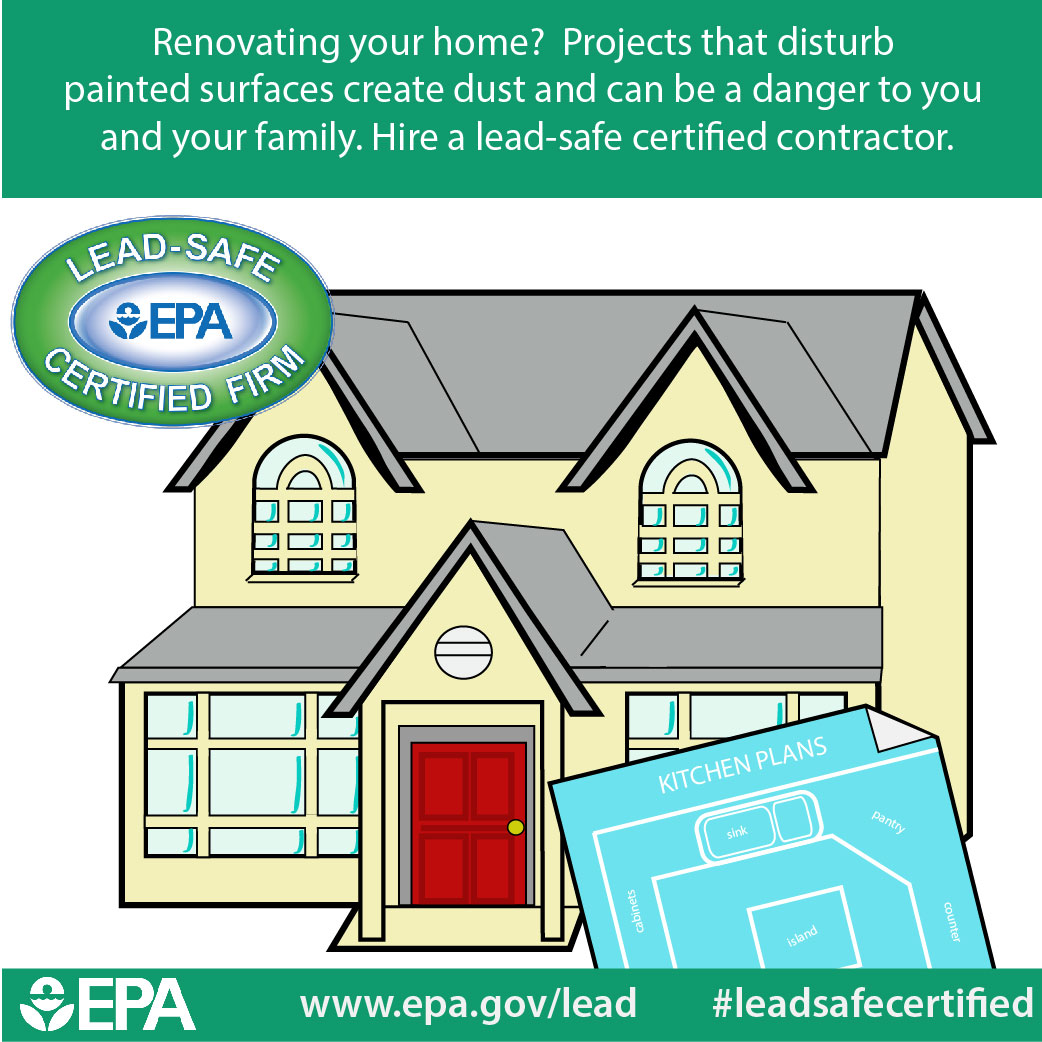Variables To Consider For Industrial Outside Painting By Season: Vital Details You Ought To Have
Variables To Consider For Industrial Outside Painting By Season: Vital Details You Ought To Have
Blog Article
Content Writer-Burnham Rosendal
When you're planning an industrial outside painting project, seasonal elements can make or break your results. You'll want to think about how temperature level and moisture influence paint application and drying times. Choosing the right period can ensure your paint adheres correctly and lasts longer. But which seasons are absolutely the very best for this type of job? Let's discover the key elements that can impact your task's success.
The Effect of Temperature on Paint Application
When you're intending a commercial outside painting project, the temperature level can significantly impact how well the paint sticks and dries out.
Preferably, you intend to paint when temperatures range between 50 ° F and 85 ° F. If it's too chilly, the paint may not treat appropriately, leading to concerns like peeling or cracking.
On the other side, if it's too warm, the paint can dry out as well swiftly, preventing appropriate attachment and leading to an unequal coating.
You should also think about the moment of day; morning or late afternoon supplies cooler temperature levels, which can be a lot more positive.
Always inspect the manufacturer's referrals for the details paint you're utilizing, as they commonly supply advice on the optimal temperature level variety for ideal results.
Humidity and Its Impact on Drying Times
Temperature isn't the only environmental variable that influences your business exterior painting job; humidity plays a significant duty as well. High humidity levels can slow down drying times drastically, impacting the total top quality of your paint job.
When the air is filled with dampness, the paint takes longer to treat, which can bring about issues like bad bond and a higher risk of mildew development. If you're repainting on a specifically damp day, be prepared for prolonged delay times in between layers.
It's crucial to monitor regional weather conditions and plan as necessary. Ideally, https://www.bobvila.com/articles/7-new-paint-types/ for humidity levels between 40% and 70% for optimum drying out.
Maintaining these factors in mind ensures your task stays on track and delivers a long lasting finish.
Best Seasons for Commercial Outside Painting Projects
What's the very best time of year for your industrial external painting jobs?
Springtime and early fall are typically your best bets. Throughout check this site out , temperature levels are mild, and moisture degrees are usually lower, producing optimal conditions for paint application and drying.
Stay clear of summertime's intense heat, which can cause paint to dry also rapidly, leading to bad attachment and surface. Similarly, wintertime's cold temperature levels can prevent appropriate drying and treating, risking the long life of your paint job.
Aim for days with temperature levels in between 50 ° F and 85 ° F for optimal results. Bear in mind to inspect the local weather prediction for rainfall, as damp problems can ruin your project.
Planning around these factors guarantees your paint project runs smoothly and lasts longer.
Final thought
In conclusion, preparing your commercial external paint tasks around seasonal considerations can make a considerable difference in the end result. By organizing work throughout the excellent temperature levels and humidity degrees, you'll guarantee better bond and drying out times. Bear in mind to watch on neighborhood weather forecasts and pick the right time of year-- spring and very early fall are your best bets. Taking interior painting service near me will help you achieve a sturdy and expert coating that lasts.
